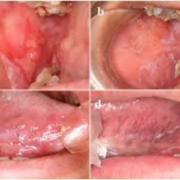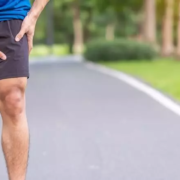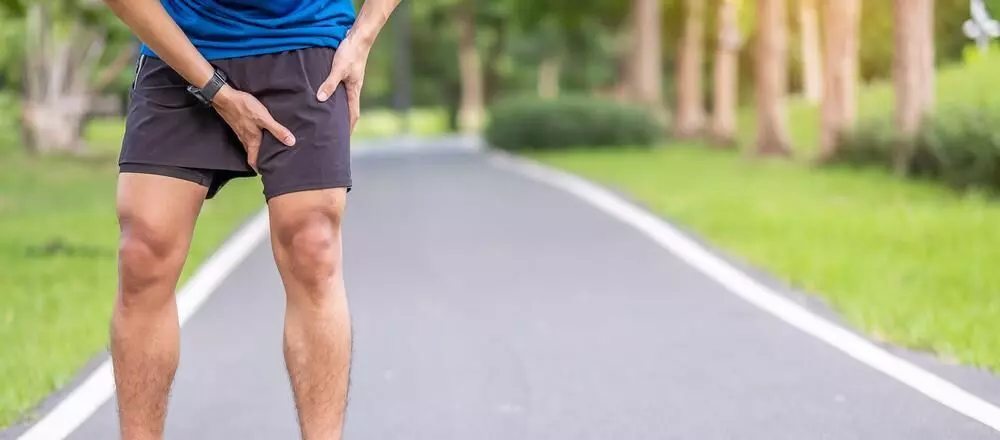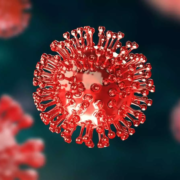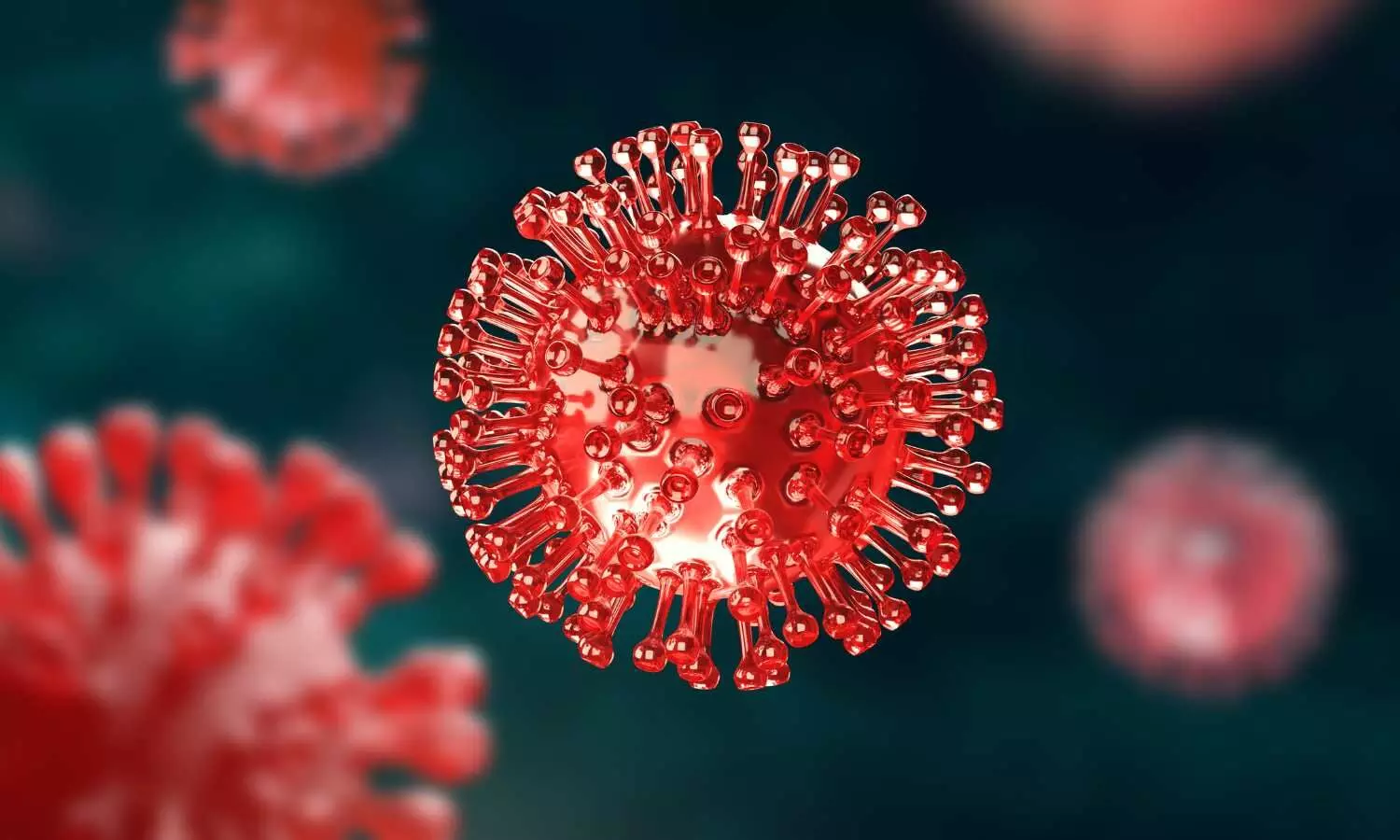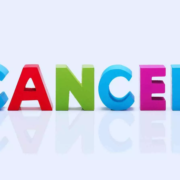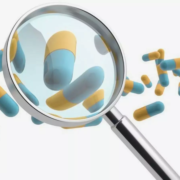Curcumin Lozenges Show Promise in Managing Oral Lichen Planus, reveals study
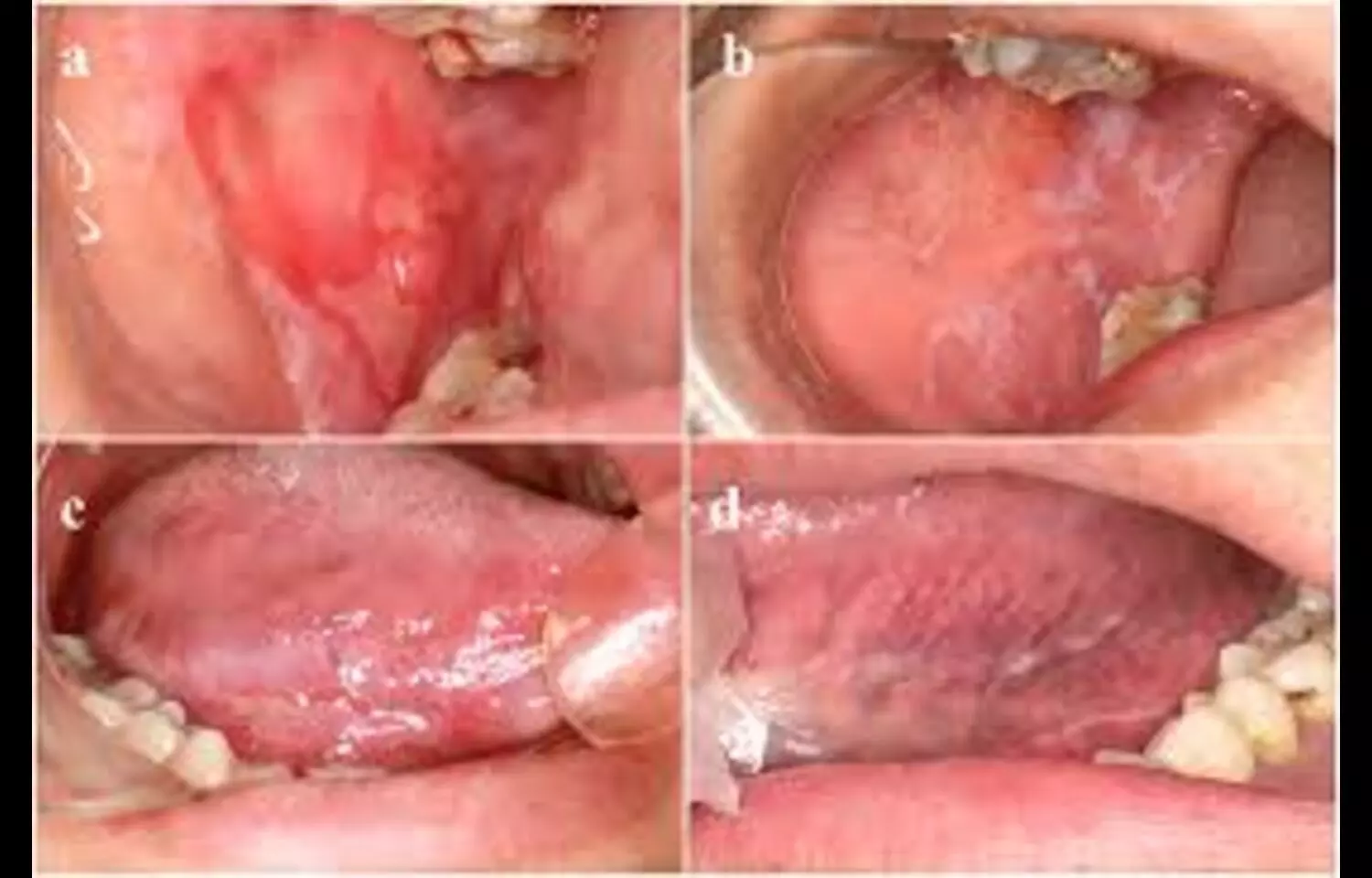
In a new study, curcumin lozenges demonstrated comparable pain relief to triamcinolone acetonide 0.1% paste after one and two weeks, while also reducing lesion size, pain, and burning sensation. The findings, published in Cureus by Harakh Chand Baranwal, Neelam Mittal, and colleagues, suggest that curcumin may serve as a safe and effective therapy for oral lichen planus, offering an alternative to topical corticosteroids with minimal side effects. Oral lichen planus is a chronic inflammatory condition that can cause significant discomfort, and identifying treatments that provide relief while minimizing systemic or local adverse effects remains a key focus of clinical research.
The pilot clinical study assessed adult patients with erosive oral lichen planus who were treated with either curcumin lozenges or 0.1% triamcinolone acetonide paste over a two-week period. Both interventions were found to alleviate pain and reduce burning sensations, but curcumin additionally showed a favorable impact on lesion size and mucosal healing. These results highlight the anti-inflammatory and antioxidant properties of curcumin as the likely mechanisms behind its therapeutic effect. Moreover, curcumin’s natural profile and low side effect burden make it particularly appealing for long-term management of a chronic oral condition that often requires repeated interventions.
The authors conclude that curcumin lozenges could represent a viable alternative or adjunct to corticosteroid therapy in managing erosive oral lichen planus. Given the chronic nature of the disease and the potential side effects associated with long-term corticosteroid use, curcumin offers a promising option that is both effective and well-tolerated. Further large-scale studies are warranted to confirm these findings, optimize dosing, and explore long-term outcomes. This study supports the growing interest in natural and complementary therapies in oral medicine, emphasizing patient safety and quality of life alongside clinical efficacy.
Keywords: oral lichen planus, curcumin lozenges, triamcinolone acetonide, pain relief, lesion healing, anti-inflammatory therapy, pilot clinical study, Cureus, Harakh Chand Baranwal, Neelam Mittal
Powered by WPeMatico

